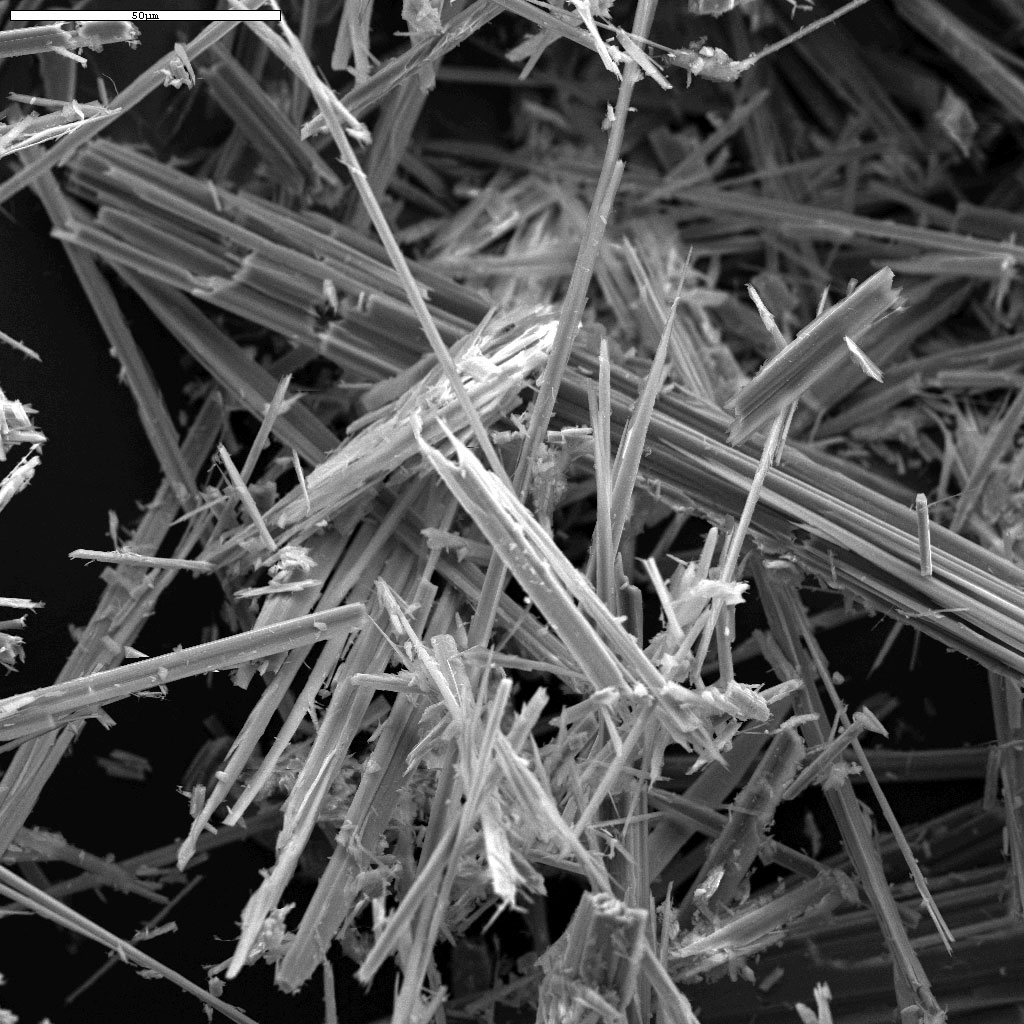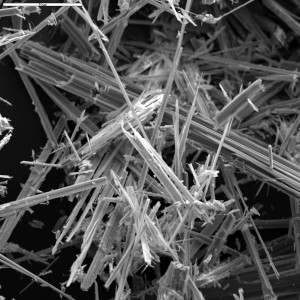About Lead-Based Paint
Lead is a highly toxic metal that may cause a range of health problems, especially in young children. When lead is absorbed into the body, it can cause damage to the brain and other vital organs, like the kidneys, nerves and blood.
Lead may also cause behavioral problems, learning disabilities, seizures and in extreme cases, death. Some symptoms of lead poisoning may include headaches, stomachaches, nausea, tiredness and irritability. Children who are lead poisoned may show no symptoms.
 Both inside and outside the home, deteriorated lead-paint mixes with household dust and soil and becomes tracked in. Children may become lead poisoned by:
Both inside and outside the home, deteriorated lead-paint mixes with household dust and soil and becomes tracked in. Children may become lead poisoned by:
- Putting their hands or other lead-contaminated objects into their mouths,
- Eating paint chips found in homes with peeling or flaking lead-based paint, or
- Playing in lead-contaminated soil
What can you do?
If your home was built before 1978:
- Wipe down flat surfaces, like window sills, with a damp paper towel and throw away the paper towel,
- Mop smooth floors (using a damp mop) weekly to control dust,
- Take off shoes when entering the house
- Vacuum carpets and upholstery to remove dust,
- If possible, use a vacuum with a HEPA filter or a “higher efficiency” collection bag,
- Pick up loose paint chips carefully with a paper towel and discard in the trash, then wipe the surface clean with a wet paper towel,
- Take precautions to avoid creating lead dust when remodeling, renovating or maintaining your home,
- Test for lead hazards by a lead professional. (Have the soil tested too).
For your child:
- Have your child’s blood lead level tested at age 1 and 2. Children from 3 to 6 years of age should have their blood tested, if they have not been tested before and:
- They live in or regularly visit a house built before 1950,
- They live in or regularly visit a house built before 1978 with on-going or recent renovations or remodeling
- They have a sibling or playmate who has or did have lead poisoning
- Frequently wash your child’s hands and toys to reduce contact with dust,
- Use cold tap water for drinking and cooking
- Avoid using home remedies (such as arzacon, greta, pay-loo-ah, or litargirio) and cosmetics (such as kohl or alkohl) that contain lead
- Certain candies, such as tamarindo candy jam products from Mexico, may contain high levels of lead in the wrapper or stick. Be cautious when providing imported candies to children
- Some tableware, particularly folk terra cotta plates and bowls from Latin America, may contain high levels of lead that can leach into food.
From: http://portal.hud.gov/hudportal/HUD?src=/program_offices/healthy_homes/healthyhomes/lead



